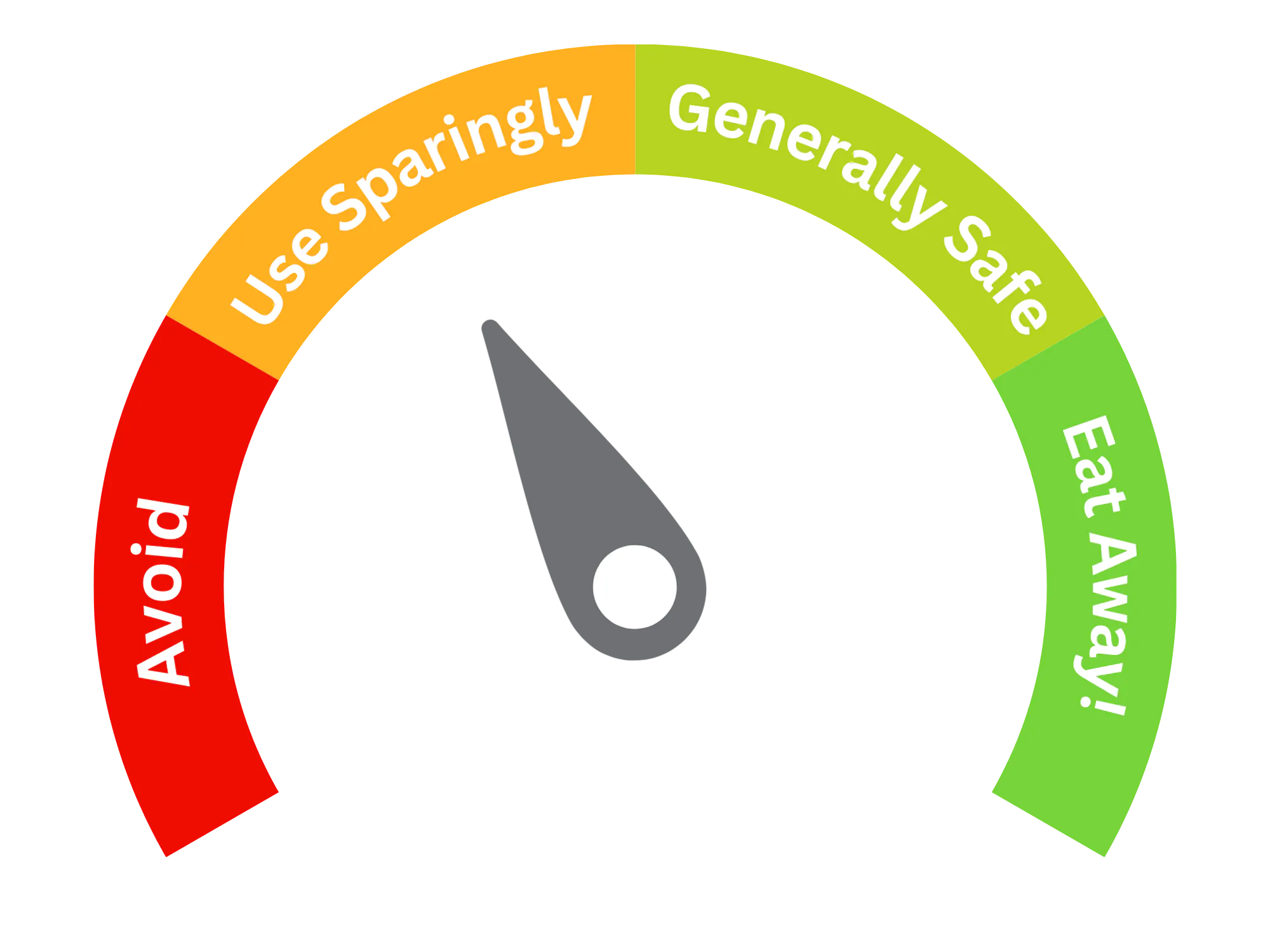Aluminium (E173)
Purpose and Function
Aluminium (E173) is a metallic food additive primarily used as a colorant in decorative applications. It is typically applied as a silver-colored pigment in products that require a metallic finish. Common uses include:
- Confectionery: Used in cake decorations, dragees (sugar-coated almonds), and chocolates to provide a shiny, metallic appearance.
- Baked goods: Applied in decorative elements on cakes, pastries, and other baked goods for a metallic or shimmering finish.
- Food coatings: Sometimes used in coatings for special candies and gourmet products to create an eye-catching metallic appearance.
E173 is used sparingly in the food industry due to its specific application as a decorative metallic pigment. It is primarily used in surface decorations rather than as an integral ingredient in food products.
Potential Risks and Side Effects
It has been the subject of some health concerns due to its potential for toxicity when ingested in large quantities. A few important considerations include:
- Ingestion risks: Aluminum is not considered toxic in small amounts, but consuming large quantities of aluminium over time may lead to health issues such as neurotoxicity and bone disorders. There is ongoing debate about the potential role of aluminium exposure in neurological conditions like Alzheimer’s disease, though the link has not been conclusively proven.
- Surface use only: E173 is generally intended for surface decoration and not for consumption in significant amounts. It is used in very small quantities, typically for appearance, and is not meant to be ingested in large amounts.
- Regulatory restrictions: In the European Union, E173 is permitted for use in food products, but its use is strictly controlled and limited to surface decoration. The U.S. Food and Drug Administration (FDA) does not approve aluminium as a direct food additive, but it is sometimes used in decorations where it is not expected to be ingested.

